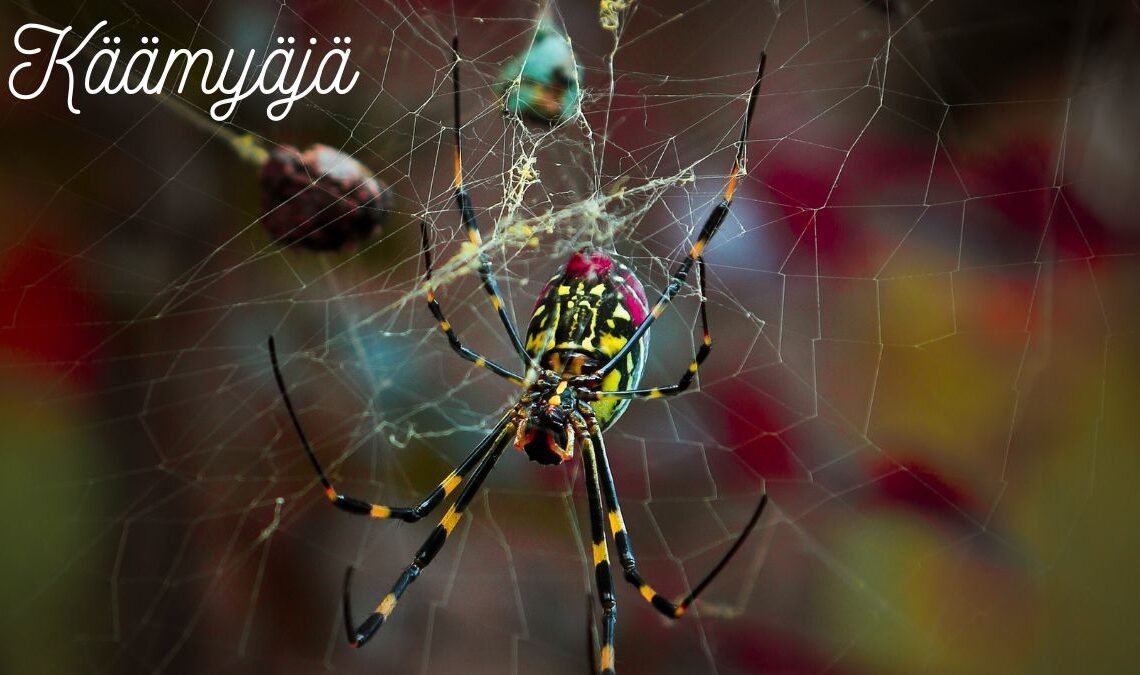Introduction
The intriguing phrase “käämyäjä” has its roots in Finnish folklore. We’ll explore the history, significance, and commonly asked questions about Käämyäjä in this post.
Käämyäjä’s History
The Finnish word “käämyäjä” means “spirit of the forest” or “guardian of the woods” in the English language. It is frequently used to refer to a supernatural being that some think lives in Finland’s woodlands.
Myths and Traditions
According to Finnish legend, it is a kind spirit that guards the forests and the animals that live there. Legend has it that Käämyäjä is a protector of nature, making sure that everything is in harmony and balance.
Interactions with the him
There have been many reports of encounters with this mythical person throughout Finnish history, notwithstanding the rarity of sightings of Käämyäjä. Some say they have heard Käämyäjä’s whispered warnings in the deep forest, while others see it as a shadowy figure hiding amid the trees.
Kaämyäjä’s Significance
In Finnish folklore, Käämyäjä has great cultural and spiritual significance. It is cherished as a representation of the might and beauty of nature, serving as a constant reminder to humans of the value of honoring and preserving the natural environment.
FAQs
1. How does Käämyäjä appear?
There are differing accounts of Käämyäjä; some portray it as a shadow-clad humanoid figure, while others characterize it as an ethereal presence that melds with the forest.
2. Is Käämyäjä a spirit of evil?
In Finnish mythology, they typically depict him as a kind spirit, while some stories indicate that it may occasionally be capricious or wicked.
3. How can someone get Käämyäjä’s attention?
Folklore says that Käämyäjä is drawn to people who revere nature and have a strong bond with the forests. Hiking, camping, and just spending time in nature are among activities that can enhance the probability of coming across Käämyäjä.
4. Are offerings or rituals connected to it?
Although there are no particular rites or sacrifices connected to him, some people may leave little trinkets or offerings in the forest as a sign of reverence and respect for this mysterious being.
Conclusion
He is a fascinating character who is firmly embedded in Finnish mythology. For people who value the natural world, he never ceases to astound them as a protector of the forests and a representation of the might of the natural world. Even if there aren’t many contacts with him, those who respect the majesty and beauty of the woodlands carry her soul with them always.


